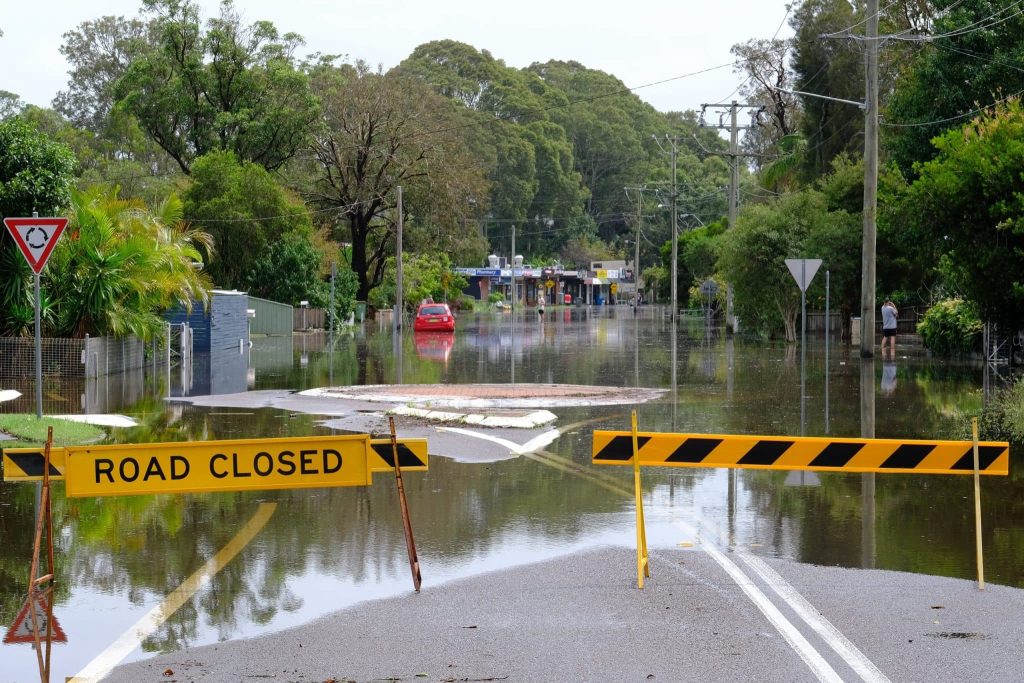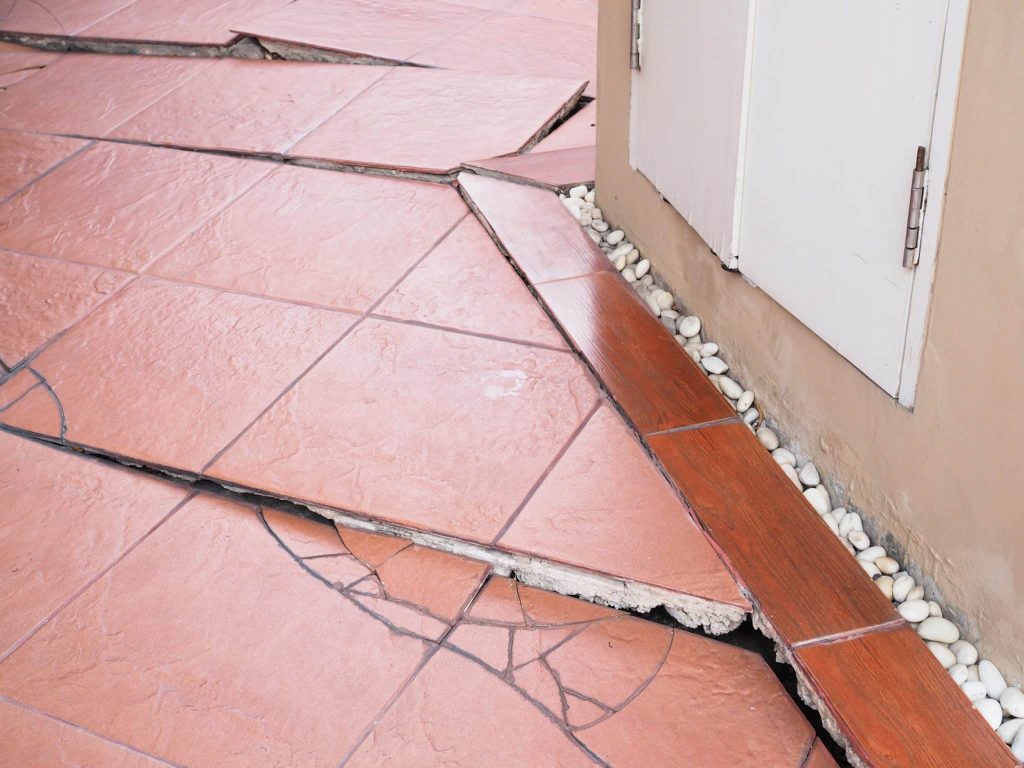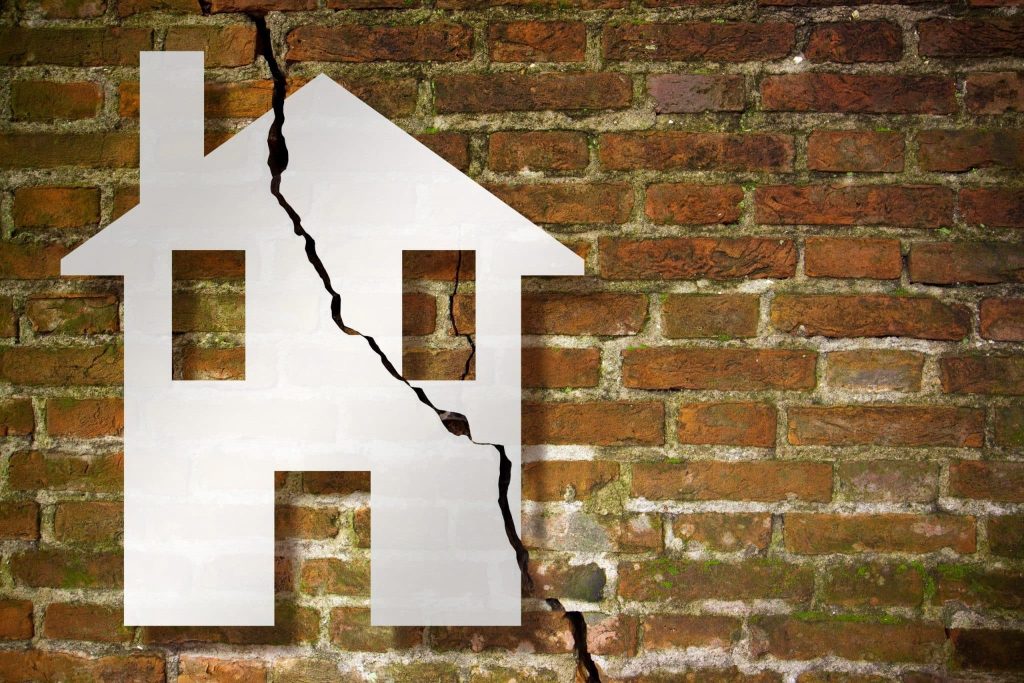If there’s one thing for sure, the start of 2022 has undoubtedly brought havoc and devastation to many regions of Australia. Unlike many of us have seen before, weather systems have created flash floods and significant damage across the east coast. Lives have been lost, and many homes have perished due to flooding.
House flood damage, however, isn’t just limited to natural disasters, and floods can occur at any time. It could be that you have a burst pipe or as simple as leaving the bath running so long that it overflows. Whatever the cause of your house flooding, here’s what you need to do.
Step One: Stop the water.
You can’t exactly stop the rain from pouring down. However, if the flooding has been caused by a lack of protection around the home or by any other cause on the property, the first thing you should do is stop the water. Quickly find the source and if it’s as simple as an overflowing tap, turn it off. If it’s a burst pipe, turn off the water system. And if there is natural disaster flooding, try to get some sandbags to stop it from worsening. If the rain causes flooding, and it doesn’t seem to be letting up any time soon, there are a few things you should do before you leave home:
- Turn off gas, electricity and water
- Move furniture to the highest point
- Try to pack any electronics or valuables in the car with you
- Secure any chemicals or poisons
- Empty your fridge and freezers
Step Two: Assess the situation
Once the water subsides, it’s time to assess the water damage to ensure your house foundation isn’t affected. Take a walk through your flooded home and note any structural damage or other problems you can see. Call your insurer as well, usually within 24 hours, and if you’re renting, make sure your landlord is well aware of any damage to the property. Take plenty of photos and write down anything you note. Insurance companies will want full details and proof.
Step Three: Start the cleanup.
Once you’ve called your insurance company and they give the go-ahead, it’s time to start cleaning any flooded areas. Before you do this, though, you need to consider your safety and protection. Start by putting on a quality pair of shoes or gumboots, grab some gloves, and ensure you have the right tools to deal with the damage. Once the water has stopped flowing, you can remove the water. You can either do that with brooms or if you have any standing water, you might want to use sump pumps if the water is extensive. Once the water is gone, use a bleach solution to wipe down floors and walls to stop any mould from growing. You can find out more by downloading the Red Cross Flood Safety Checklist.
Don’t turn on the electricity, gas or water again until you are 100% confident the home is safe.
Step Four: Continue to check the damage.
While the initial clean-up is essential, protecting your home doesn’t stop there. Floodwaters may be long gone, and your home is looking cleaner than ever, but there could be risks you can’t see right away lurking in the background, including mould or long-term damage. The fact is, damage to your home’s foundations may not be obvious right away. After a flood, the ground is often swollen due to the increase of fluid – this supports your foundations for the time being, but as time passes, over 3-6 months or so, the ground then dries out again. It shrinks, and this is when you’re likely to find issues, including small cracks or sinking footings.
If you have any concerns, have a professional check your home directly after the flood and six months down the track. Then again, twelve months later. And if you notice any cracks or problem areas in that timeframe, call someone right away. You should also check that your insurance covers you in the longer term. Have you already made and settled a claim? If so, what happens if you notice problems later on? (this is something you need to think about right after the flooding occurs). If you don’t have insurance, it’s even more important to watch for minor problems before they become big. When it comes to the foundations of your home, you don’t want to take any risks.
Taking care of your home during and after floods is imperative if you want to live on the property again. The best option is to be prepared and remember that in the event of a flood, the most important thing is that you and your family are safe. Anything else can be replaced.
Has your home been impacted by the recent wild weather events, and are you starting to notice symptoms mentioned in this blog of subsidence, such as cracked walls and sinking floors? If so, we’d love to help you out by offering a free site inspection. Call Raise and Relevel Pty Ltd on 1300 053 835 – Specialists in raising and revelling structures





